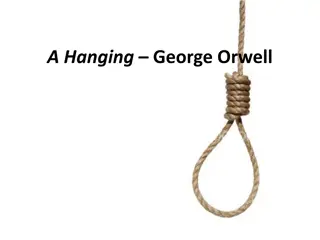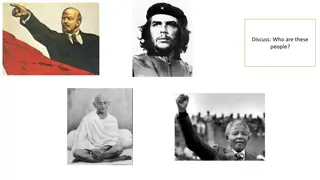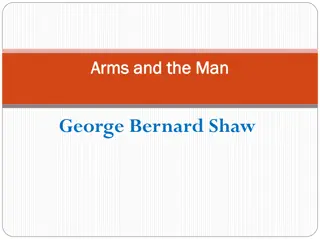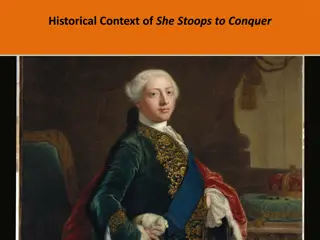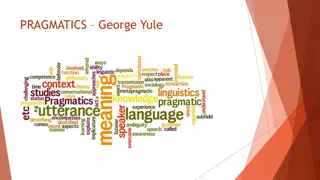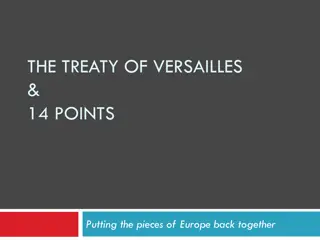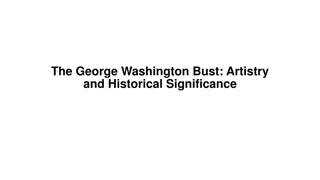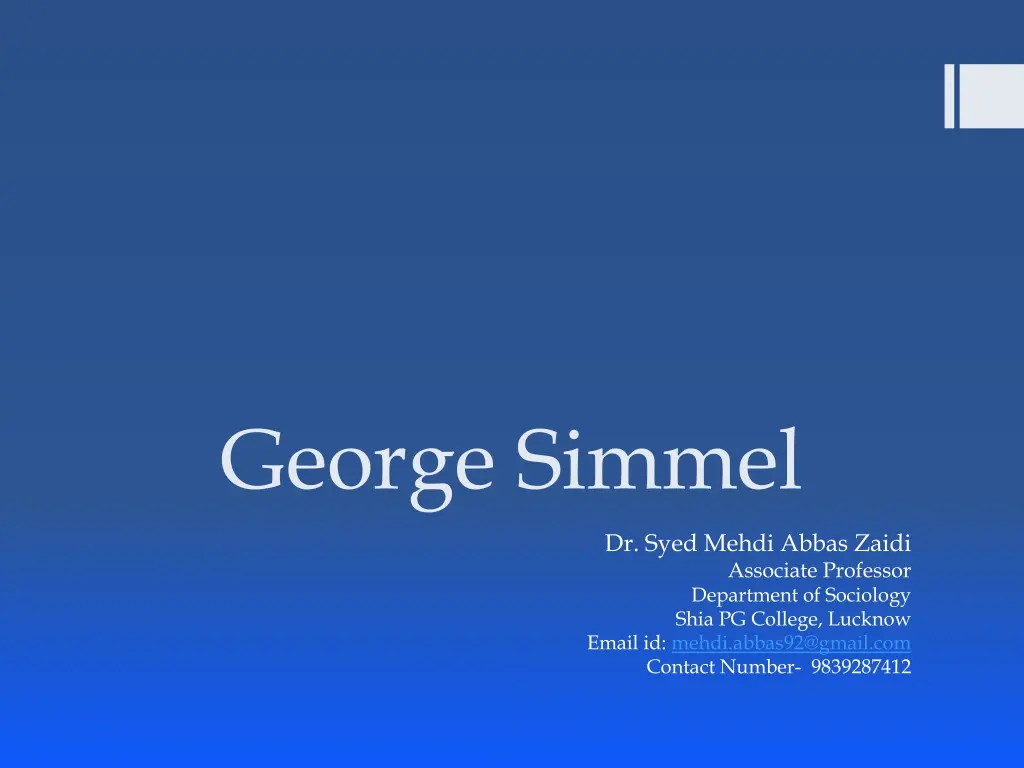
George Simmel's Sociological Concepts and Contributions
Explore the sociological theories and major works of George Simmel, a pioneering German sociologist. Simmel delved into forms of association, continuum of social interactions, and the role of conflict in society, offering valuable insights into human relationships and societal structures.
Download Presentation

Please find below an Image/Link to download the presentation.
The content on the website is provided AS IS for your information and personal use only. It may not be sold, licensed, or shared on other websites without obtaining consent from the author. If you encounter any issues during the download, it is possible that the publisher has removed the file from their server.
You are allowed to download the files provided on this website for personal or commercial use, subject to the condition that they are used lawfully. All files are the property of their respective owners.
The content on the website is provided AS IS for your information and personal use only. It may not be sold, licensed, or shared on other websites without obtaining consent from the author.
E N D
Presentation Transcript
George Simmel Dr. Syed Mehdi Abbas Zaidi Associate Professor Department of Sociology Shia PG College, Lucknow Email id: mehdi.abbas92@gmail.com Contact Number- 9839287412
George Simmel (1 March 1858 - 28 September 1918) Simmel was one of the first generation of German sociologists. Simmel wrote on the topic of personal character in a manner reminiscent of the sociological 'ideal type . He lectured in philosophy and also in ethics, logic, pessimism, art, psychology and sociology.
Forms and Association The furthest Simmel has brought his work to a micro-level of analysis was in dealing with forms and interactions that takes place with different types of people. Such forms would include subordination, superordination, exchange, conflict and sociability. Simmel focused on these forms of association while paying little attention to individual consciousness. Simmel also believed that social and cultural structures come to have a life of their own.
Continuum Simmel believed in the creative consciousness that can be found in diverse forms of interaction, which he observed both the ability of actors to create social structures, as well as the disastrous effects such structures had on the creativity of individuals. Simmel refers to "all the forms of association by which a mere sum of separate individuals are made into a 'society'," whereby society is defined as a "higher unity," composed of individuals. Simmel would especially be fascinated by man's "impulse to sociability," whereby "the solitariness of the individuals is resolved into togetherness," referring to this unity as "the free- playing, interacting interdependence of individuals.
Continuum Accordingly, he defines sociability as "the play-form of association" driven by "amicability, breeding, cordiality and attractiveness of all kinds. In order for this free association to occur, Simmel explains, "the personalities must not emphasize themselves too individually with too much abandon and aggressiveness. Rather, "this world of sociability a democracy of equals" is to be without friction so long as people blend together in the spirit of pleasure and bringing "about among themselves a pure interaction free of any disturbing material accent.
Social Conflict Simmel believes that aggressive instincts are born in humans. Therefore individuals or groups find some excuse for conflict. But this is not the only reason for conflict. Conflict usually arises due to real and significant differences in interests. According to Simmel, conflict is always beneficial. Conflict instills perseverance in the group and empowers the common values of the group. Simmel states that external conflicts generate integration into the internal structure of the group, it acts as a 'safety valve' in the protection of the group.
Forms of Conflict Simmal has given two forms of struggle: 1. Realistic Conflict - When conflict is a means to achieve a goal, it is called realistic conflict. 2. Unrealistic conflict - When conflict is self-evident (not goal oriented), it is called unrealistic conflict.
Consequences of Social Conflict Simmel then turned his attention to the consequences of conflict for: 1. The Conflict parties 2. For the systemic whole in which the conflict occur.
1. The Conflict for Respective Parties 1. The more violent are inter group hostilities and the more frequent is conflict among groups, the less likely are group boundaries to disappear. The more violent is the conflict and the less integrated is the group, the more likely is despotic centralization of conflict groups. The more violent is the conflict, the greater will be the internal solidarity of conflict groups. 2. 3.
2. Functions of Conflict for the Systemic Whole 1. The less violent is the conflict between groups of different degrees of power in a system, the more likely is the conflict to have integrative consequences fro the social whole. The more violent and the more prolonged are conflict relations between groups, the more likely is the formation of coalitions among previously unrelated groups in a system. The prolonged is the threat of violent conflict between groups, the more enduring are the coalition of each of the conflict parties. 2. 3.
Reference Ritzer, George- Sociological Theory Turner J.H.- The Structure of Sociological Theory

![❤[PDF]⚡ Civil War Talks: Further Reminiscences of George S. Bernard and His Fel](/thumb/20551/pdf-civil-war-talks-further-reminiscences-of-george-s-bernard-and-his-fel.jpg)
![❤Book⚡[PDF]✔ Doing the Impossible: George E. Mueller and the Management of NASA’](/thumb/21684/book-pdf-doing-the-impossible-george-e-mueller-and-the-management-of-nasa.jpg)





